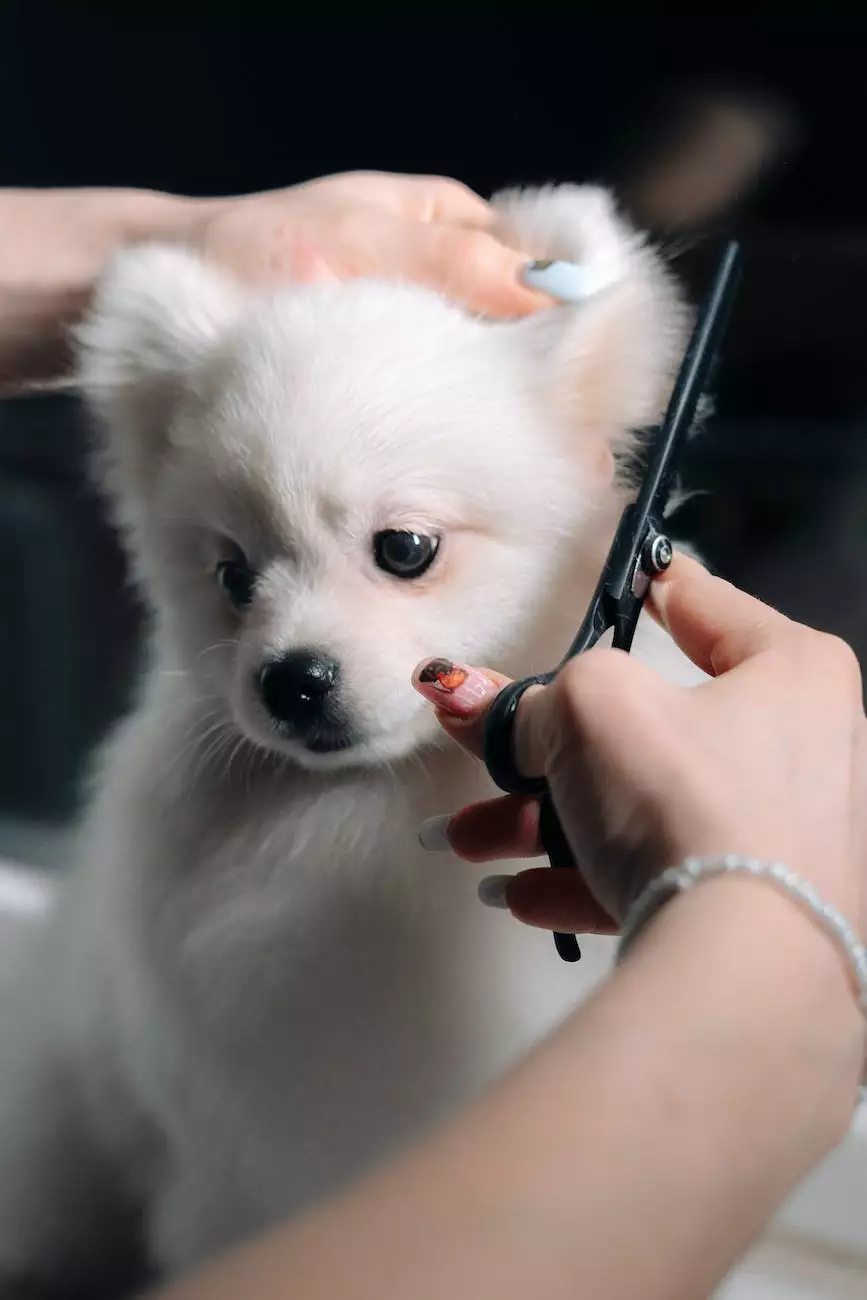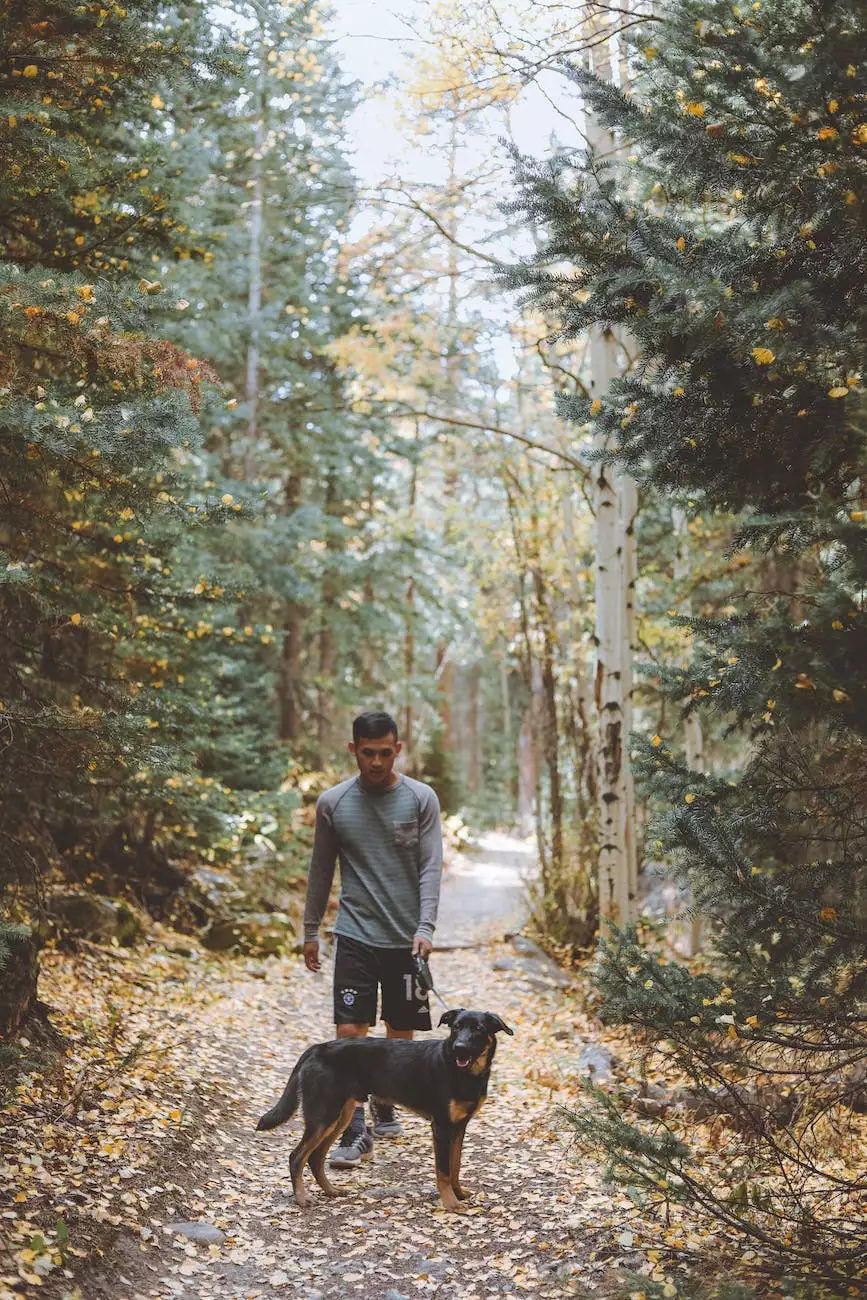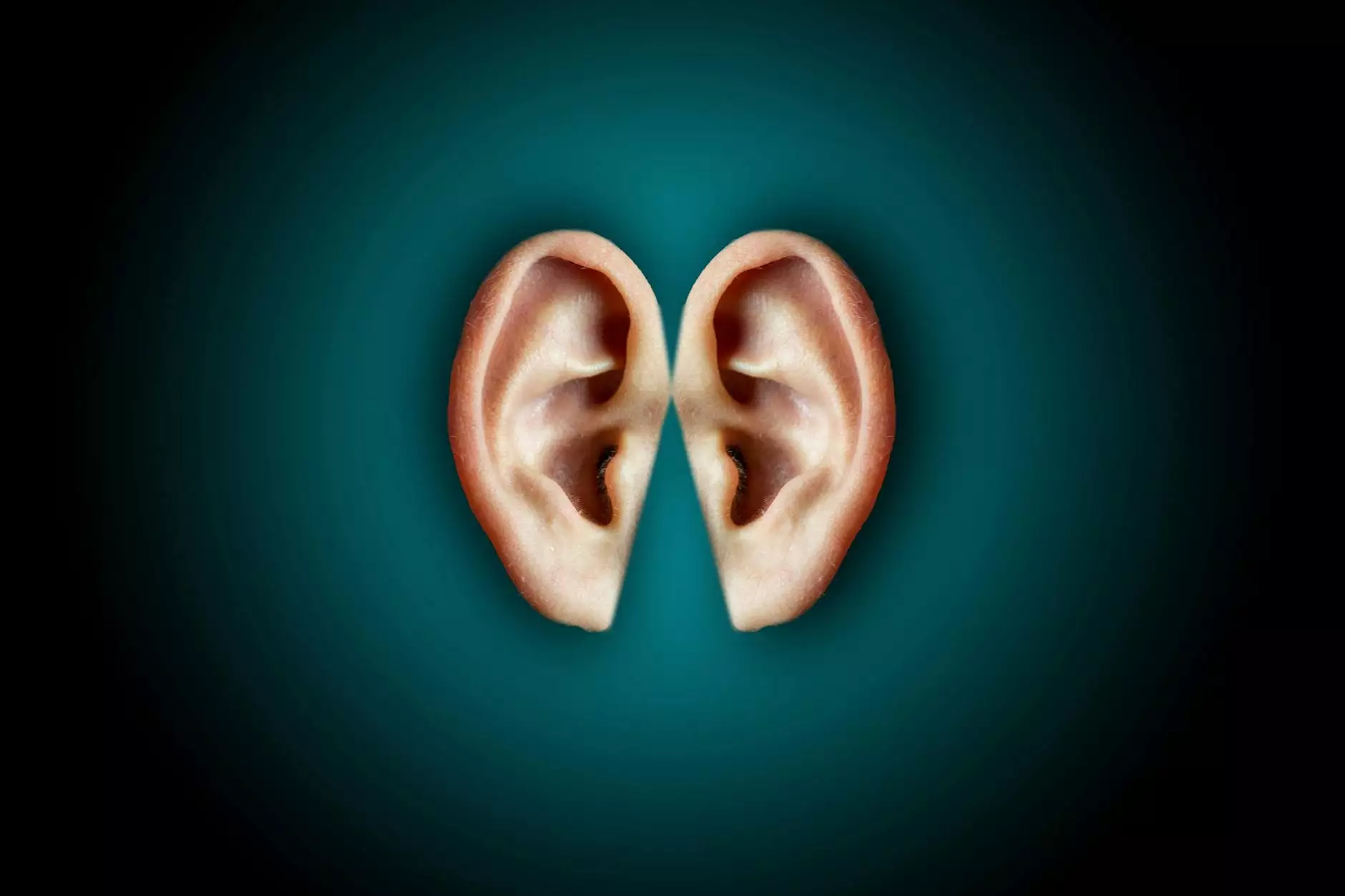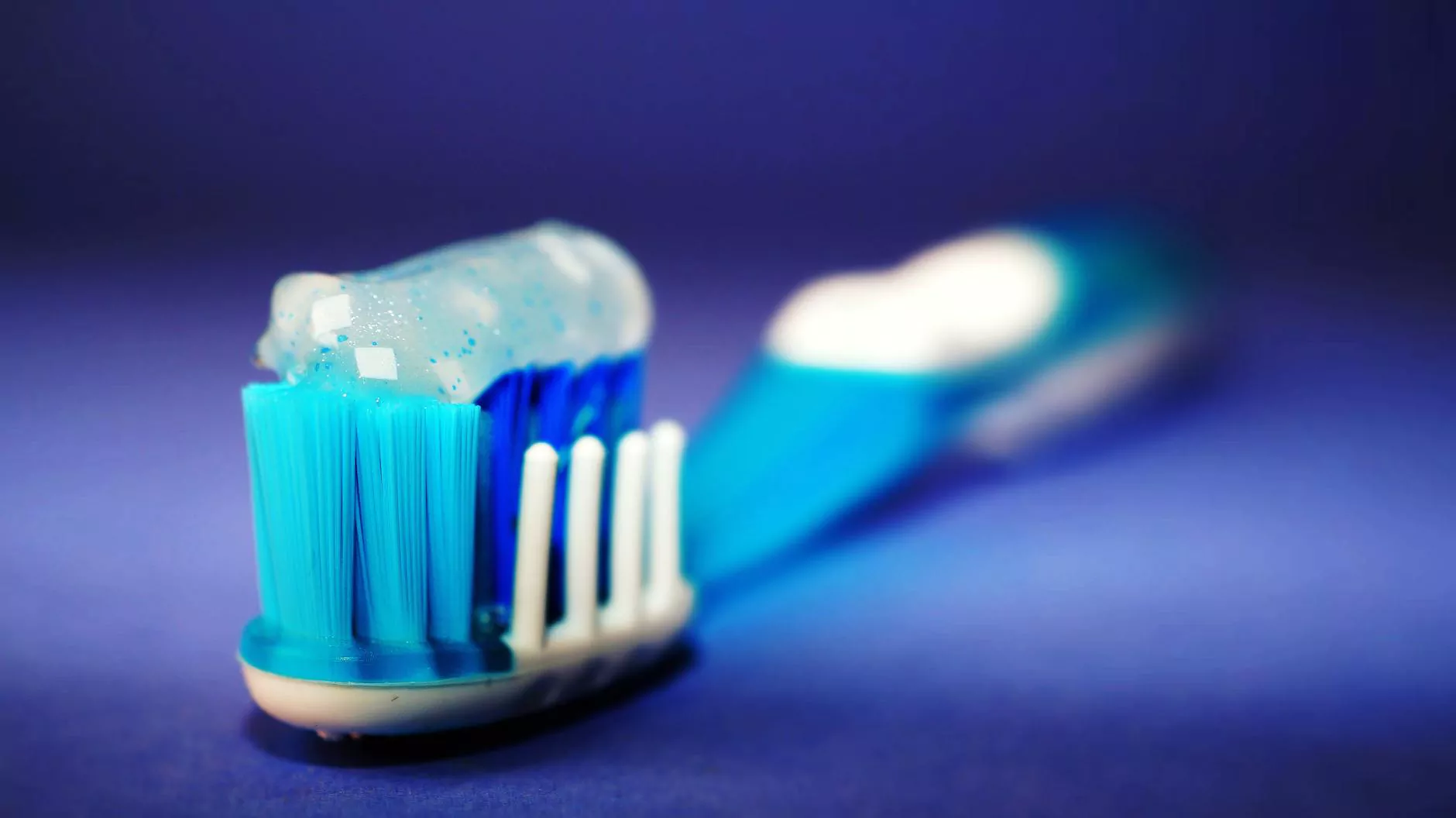How to Clip Your Dog's Nails Without the Drama
Blog
Introduction
Welcome to Rosey Dog Care's comprehensive guide on how to clip your dog's nails without any drama. Nail clipping is an essential part of dog grooming, and it's important to approach it with patience, care, and the right technique. In this guide, we'll provide you with step-by-step instructions, tips, and tricks to make the process stress-free for both you and your beloved pet.
The Importance of Regular Nail Maintenance
Keeping your dog's nails well-groomed is vital for their overall health and well-being. Overgrown nails can cause discomfort, pain, and various health issues, such as difficulty walking and potential injury. By learning how to clip your dog's nails properly, you can prevent these problems and maintain their active lifestyle.
Preparing for a Successful Nail Clipping Session
Before you start clipping your dog's nails, it's essential to gather the necessary tools and create a calm environment. Here's what you'll need:
- Sharp and sturdy dog nail clippers
- Styptic powder or cornstarch (in case of bleeding)
- Treats or rewards to positively reinforce good behavior
- A comfortable and well-lit space
Find a quiet area where you and your dog can relax during the process. Ensure you have plenty of treats nearby to reward your dog for their cooperation.
Step-by-Step Guide to Nail Clipping
Step 1: Familiarize Your Dog with Nail Handling
Before diving into clipping, accustom your dog to having their paws touched and nails handled. Gently hold and massage their paws regularly, providing treats and praise to create positive associations. This will help reduce any anxiety or resistance when it's time to clip their nails.
Step 2: Trim a Little at a Time
Start by trimming a small portion of the nail, avoiding the quick (the sensitive part that contains blood vessels). Choose a calm moment when your dog is relaxed. If your dog has clear or light-colored nails, you can easily identify the quick as a pinkish area within the nail. However, for dogs with dark nails, it's safest to trim small sections at a time.
Step 3: Be Cautious and Watch for Signs of Discomfort
Pay close attention to your dog's body language throughout the process. If they show signs of discomfort, cease clipping immediately. Signs of unease may include whimpering, pulling away, or exhibiting stress-related behaviors.
Step 4: Utilize Positive Reinforcement
Remember to reward your dog with treats and praise after each successful nail trim. Positive reinforcement encourages good behavior and helps your dog associate nail clipping with positive experiences.
Step 5: Take Breaks If Necessary
If your dog becomes anxious or agitated, take breaks to reset their mood. Trying to rush the process can lead to accidents or injuries. Gradually increase the duration of the nail clipping sessions over time to allow your dog to become more comfortable.
Step 6: Know When to Seek Professional Help
If you're unsure or uncomfortable with trimming your dog's nails, it's always best to seek professional help from a veterinarian or a professional dog groomer. They have the expertise and experience to handle the task safely and efficiently, ensuring your dog's well-being.
Tips for a Stress-Free Nail Clipping Experience
1. Start Early
Introduce nail clipping to your dog in their early stages of life. This helps them become familiar with the process and reduces resistance as they grow older.
2. Keep Calm and Stay Positive
Your dog can sense your emotions, so it's important to remain calm and project a positive attitude. Speak in soothing tones and provide regular positive reinforcement throughout the entire nail clipping session.
3. Regular Exercise
A tired dog is generally more cooperative. Prior to nail clipping, engage your dog in physical exercise to help them release excess energy and reduce restlessness.
4. Let Your Dog Sniff the Tools
Allow your dog to investigate the nail clippers and other tools before using them. This helps them become familiar with the objects and reduces fear or suspicion.
5. Seek Assistance If Needed
If your dog becomes highly anxious or aggressive during nail clipping attempts, it's best to consult a professional trainer who specializes in behavior modification techniques for dogs.
Conclusion
Clipping your dog's nails doesn't have to be a dreaded experience. With patience, practice, and the right approach, you can confidently trim your dog's nails without any drama. Remember to prioritize their comfort, use positive reinforcement, and seek professional help when necessary. By following our step-by-step guide and implementing our tips, you'll be well on your way to mastering the art of stress-free nail clipping.




